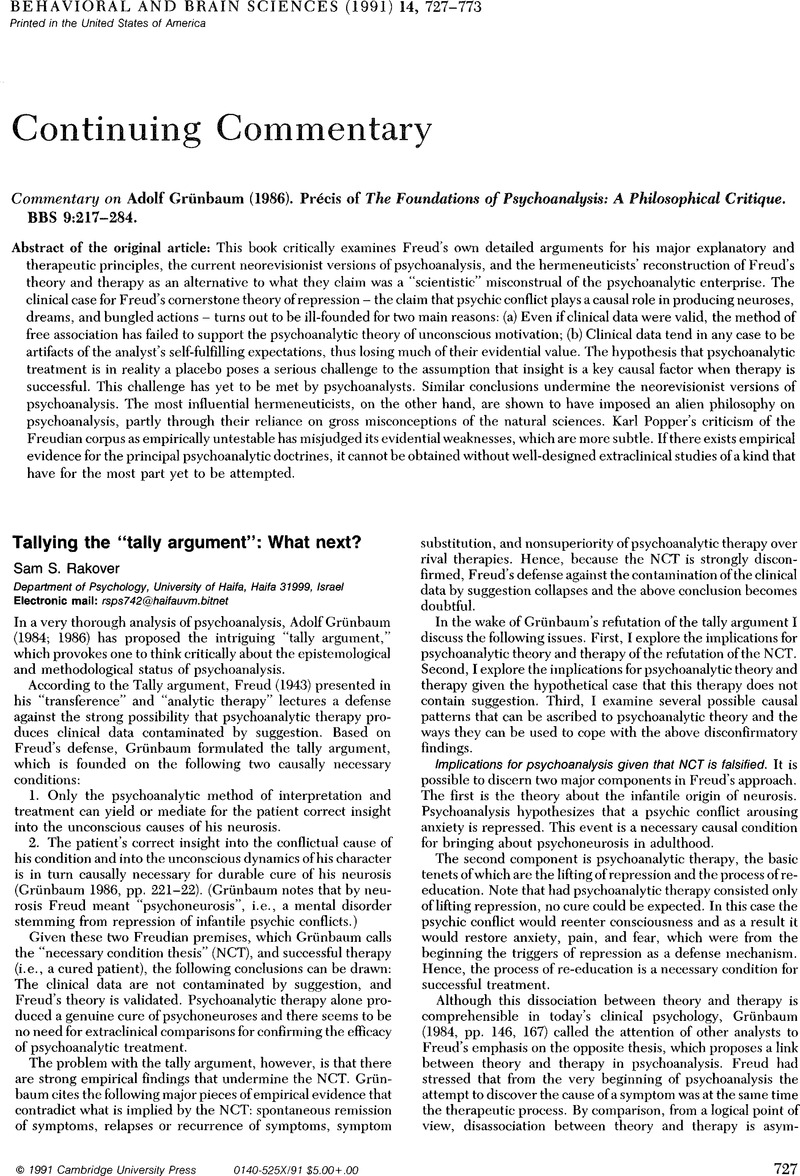(
1990b) “
Meaning” connections and causal connections in the human sciences: The poverty of hermeneutic philosophy.
Journal of the American Psychoanalytic Association 38:
559–77. (A German translation (1990) In:
Philosophie und Psychoanalyse, ed.
Nagl, L. et al. Nexus Verlag). [rAG]
Google Scholar